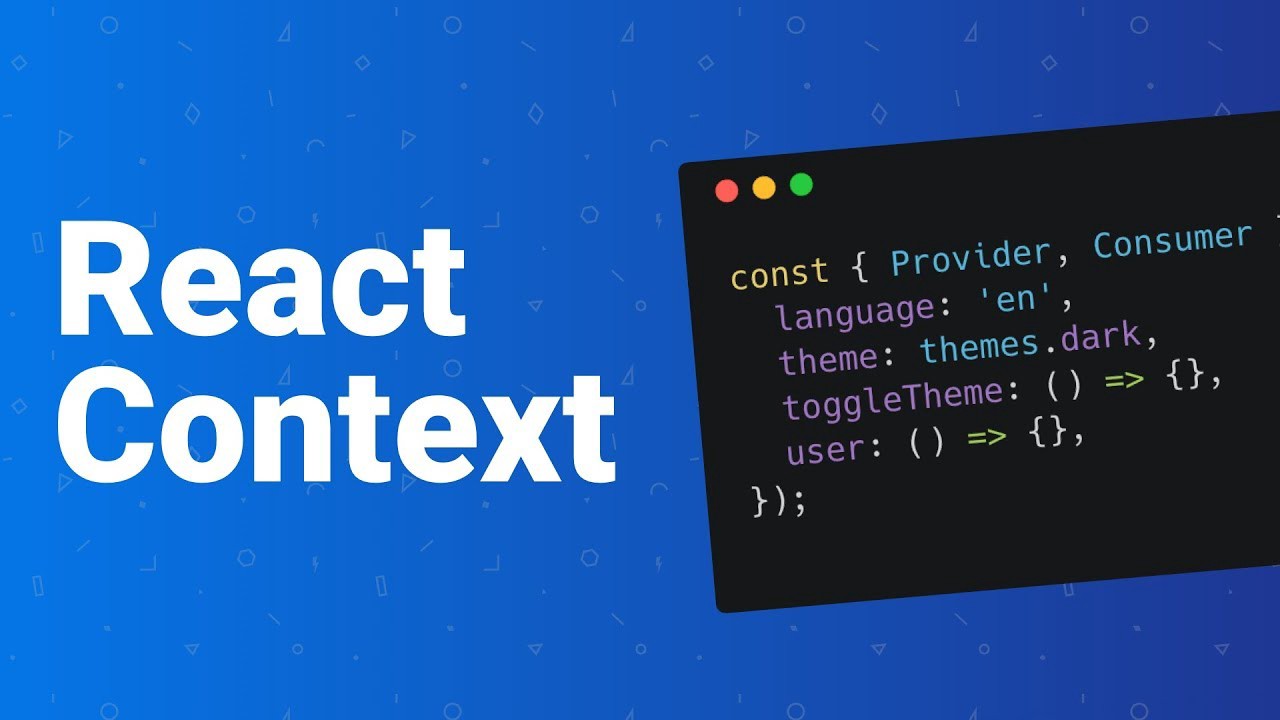
📚 Context 어떻게 쓸까? 🤔
context api는 기존의 상태 관리 라이브러리와 작동 원리는 일맥상 비슷~ 합니다.
👇 대충 이런 느낌으로 Context store ( 통칭 창고 ) 에서 부모로 부터 전해받는 계승? 같은 느낌이라기 보단 공공 창고에서 허가받은 사람은 들어가서 필요한 것을 가져오는 느낌으로 바뀐거죠!

그렇다면 직접 간단한 예제를 기반으로 예시를 들도록 하겠습니다.
🔨 준비물
App.js
import React from "react";
import { BrowserRouter as Router, Route, Switch } from "react-router-dom";
import About from "./pages/About";
import Profile from "./pages/Profile";
export default function App() {
return (
<Router>
<Switch>
<Route path="/About" component={About} />
<Route path="/Profile" component={Profile} />
</Switch>
</Router>
);
}About, Profile
import React from 'react';
export default function 이름 () {
return (
<div>
<h3>이름 page!!!</h3>
</div>
)
}위와 같이 라우팅이 처리된 app.js 파일과 라우팅이 처리된 각각의 컴포넌트를 만들어 줍니다!
1️⃣ 창고 만들기
자 이제 준비물이 만들어졌습니다. 이제 모두가 사용할 수 있는 창고를 만들어야 합니다!
Store.js
import React , { createContext } from 'react'
export const UserContext = createContext()
// createContext : 비어있는 창고 생성!
const UserStore = (props) => {
const users = {
name : 'j-user',
job : 'developer'
}
// 창고에 넣고싶은 값을 만들어줌
return <UserContext.Provider value ={users}>{props.children}</UserContext.Provider>;
};
export default UserStore;마지막 UserContext.Provider 를 제외하고는 주석에 설명을 참고하시고, Context를 사용할때 사용할 여러가지 함수가 있기에 잠시 정리하고 가도록 하겠습니다. ( 참고 )
- React.createContext : Context 를 만들때 씀.
const Store = React.createContext(defaultValue)
- Context.Provider : Context 변경 사항을 자손들에게 제공 할 수 있고, Value는 하위의 모든 Consumer 에서 사용할 수 있으며, Provider 하위의 모든 Consumer 는 Provider 의 value가 변경 될 때마다 재 렌더링 된다.
<MyContext.Provider value={/* some value */}></MyContext.Provider>
- Context.Consumer : Provide의 Value의 변경 사항을 구독하며, Context 에서 가장 가까운 Provider 의 Value 를 참조한다.
<MyContext.Consumer>{(value) => (/* render something based on the context value */)}</MyContext.Consumer>
-
Class.contextType : Class 의 contextType 에 Context 객체를 할당 할 수 있다.
-
React.useContext : useContext로 Context 객체의 value를 가져올 수 있다.
const value = useContext(MyContext);
2️⃣ 창고 출입증 발부
App.js
import React from "react";
import { BrowserRouter as Router, Route, Switch } from "react-router-dom";
import About from "./pages/About";
import Profile from "./pages/Profile";
import UserStore from './store/user'
export default function App() {
return (
<UserStore>
{/* 하위에 있는 모든 컴포넌트들이 context 접근이 가능하도록 하기 위함. */}
<Router>
<Switch>
{/* <UserStore> */}
<Route path="/title" component={About} />
{/* </UserStore> 만약 이렇게 된다면 context에 About만 접근 가능. */}
<Route path="/user" component={Profile} />
</Switch>
</Router>
</UserStore>
);
}3️⃣ 필요한 데이터 가져가기
About.js / Profile.js
import React , { useContext }from 'react';
import {UserContext} from '../store/user';
export default function About () {
const context = useContext(UserContext) // cotext를 사용할땐 useContext
return (
<div>
<h3>{context.name}</h3>
</div>
)
}
